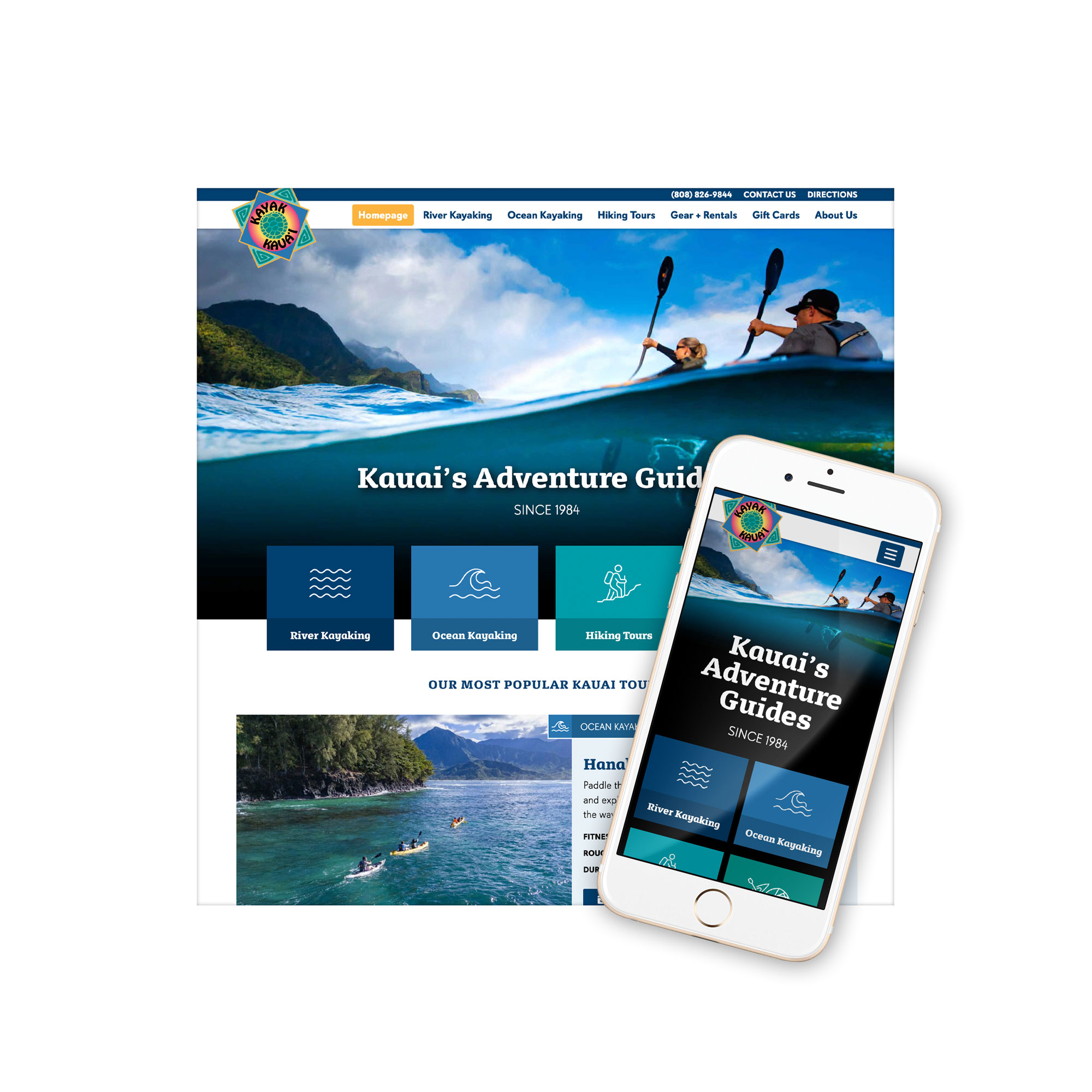
Key Concept: Advertising often fails when it attempts to “communicate” with customers — instead of helping customers “navigate” to a product or service.
Effective advertising is more like a lighthouse and less like an explanation about the perils of running aground.
Before you read this article, ask yourself: “what do I want my advertising to achieve?”.
If you’re like most businesses, you’ve got a simple and clear goal for your advertising: you want to attract new customers to try your products; and you want to encourage your existing customers to buy from you again.
Seems like a no-brainer right? And yet advertising often fails to produce the desired outcome…so what’s going on here? Somewhere between the goal and the execution advertising becomes muddled and ineffective.
In most cases it’s because when it comes down to building an advertisement, businesses can’t resist the temptation to try and communicate with customers instead of helping customers navigate to their business. This problem is rooted in the common misconception that advertising is a vehicle for communication — and it’s not.
The reason ineffective advertising is so common is that it’s easily supported by “logical thinking” which usually goes something like this:
- I have a product with specific features and benefits. If consumers understood those benefits, they would know why they need my product. Therefore, they would seek me out to buy my product.
- I offer a service which is superior to my competition. If consumers understood how great my service was, they would know I’m the best choice. Therefore, they would seek me out for my service.
It’s hard to argue with the logic behind these lines of thinking. If you communicate what customers need to know, they’ll act on that information. Right? I mean, people always make rational decisions based on the logical presentation of information…don’t they?
And that’s root of the issue. People never* make decisions based on logic or rationale. We’re not wired to be logical. If we were, no one would ever eat fried food (you know that’s bad for you, right?), no one would smoke (duh, it causes cancer), people would never use credit cards (because you’re paying 18% more than you should), and everyone would exercise an hour a day (no excuses).
Talk about your brand position. Or better yet, find a creative way to express your brand.
So if the “logical” approach to advertising fails, then what works? More importantly, how do you create advertising which will succeed? Luckily, the answers are quite simple — and while they won’t guarantee success — they will go a long way towards avoiding failure.
- Never use a “that’s why” argument. These often take the form of: you’ve got dirty windows (a problem); we clean windows (a benefit); that’s why you should hire us.
- Don’t talk about service. Service is how you keep customers — it never wins new customers. Saying you have great service is like an airline saying they never crash (some things are better taken for granted).
- Don’t talk about quality. Like service, quality is a baseline expectation customers have of you. Act like a high quality company and people will get the idea.
- Don’t reference your competition. Customers are likely unaware of your competition so there’s no benefit in reminding them about all the other options they have.
Now that we’ve cut your features, benefits, service promises, and quality statements from your ad (all the stuff you wanted to communicate) — what else do you have left to say? You talk about your brand position. Or better yet, find a creative way to express your brand.
See also: What is a Brand?
By putting your brand position first and foremost in your advertising, you’ll help consumers navigate to you. After all, one window cleaning business is much like another, and one bar of soap doesn’t really get you any cleaner than any other. When you focus on the thing which makes you uniquely different from your competition you’ll dramatically increase the likelihood of the consumer selecting you when it comes time to make a purchasing decision. And if we can re-visit the goal of our advertising from the beginning of this article, isn’t that what we set out to do?
If you have questions, comments or would like to talk about your business and how you can leverage advertising which navigates instead of communicates, drop us an email.
*I’ll admit there’s a slim chance that someone, someplace, at sometime, once, made a non-emotional decision — but it’s so rare that I feel OK saying “never”.





